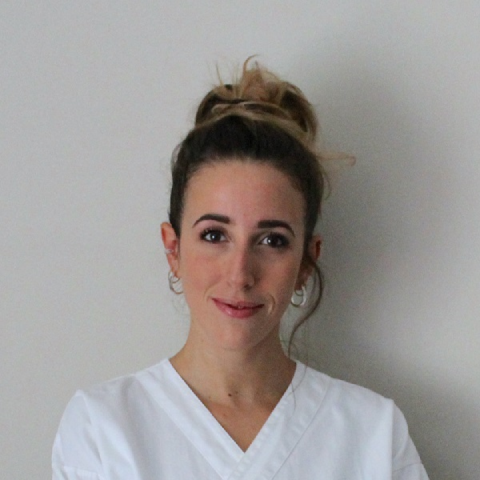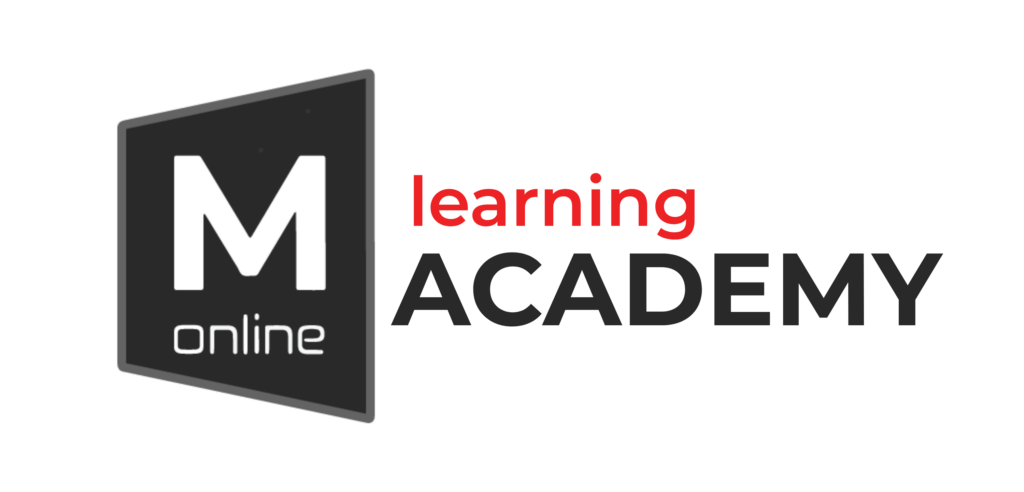Introduction to Visceral Osteopathy: Applying Visceral Manipulative Techniques in Clinical Practice
Introduction
Introduction to Visceral Osteopathy: Applying Visceral Manipulative Techniques in Clinical Practice is a course designed for osteopaths, physiotherapists, and other manual therapists, who wish to learn the fundamentals of the visceral approach in clinical practice.
This course is ideal for professionals who have not yet explored visceral structures, lack confidence in managing patients with visceral issues, or those who wish to learn a more direct and integrated approach to functional anatomy.
New therapists in the visceral field often face challenges related to a lack of confidence and limited knowledge and manual skills, which can prevent them from achieving effective results. This course aims to provide attendees with knowledge and practical skills to address these issues and deepen their understanding of visceral osteopathy in a biomechanical and structural way.
The course will comprehensively cover the anatomical areas of the thorax, abdomen, and pelvis through various workshops. Specific attention will be given to organs, their evaluation, integration with postural examination, and treatment.
Each module will begin with an anatomy and physiology review, followed by a discussion of the primary pathologies of the viscera being analysed. The main points of case history taking will then be discussed to identify the visceral pattern, recognise Red Flags to treatment, and set a proper osteopathic rationale. This will be followed by a postural evaluation and testing routine that includes the visceral structure and allows a logical and concrete understanding of how to integrate this into a functional and person-centred approach.
The course will cover organ landmarks, organ-specific approach techniques, and integrated approaches in a complete osteopathic treatment routine, including joint structures and the myofascial system.
At the conclusion of each module, participants will engage in simulated clinical cases where they will apply the concepts learned in the previous sessions. These cases will be supervised by the lecturer, allowing attendees to receive immediate feedback and solidify their newly acquired knowledge. This hands-on approach provides a practical and effective way for participants to integrate theory with practice, enhancing their confidence and skillset in the field.
By attending this course, participants will learn a practical and effective method for reasoning and applying their knowledge in a safe manner, grounded in the fundamentals of anatomy, biomechanics, and physiology. This course will provide attendees with techniques and approaches that can be applied immediately in their clinical practice. The emphasis on practical application will enable attendees to develop a concrete understanding of the material and apply it confidently in real-world scenarios.
- Review of anatomy and physiology of the respiratory and cardiovascular system
- Brief analysis of the main pathologies, key elements of differential diagnosis
- Identification of Red flags for osteopathic treatment
- Key elements of investigation in the osteopathic case history taking
- Landmarks, evaluation, testing and palpation of the thorax
- Objective postural examination with a focus on the thoracic unit and biomechanical integration with the respiratory muscle chain
- Specific visceral techniques
- Functional approaches integrated with the musculoskeletal system
- Simulated clinical cases
- Review of anatomy and physiology of the gastrointestinal system
- Brief analysis of the main pathologies, key elements of differential diagnosis
- Identification of Red flags for osteopathic treatment
- Key elements of investigation in the osteopathic case history taking
- Landmarks, evaluation, testing and palpation of the abdomen
- Objective postural examination with focus on the abdominal unit and biomechanical integration with the spinal column and myofascial structures of the abdominal core
- Specific visceral techniques
- Integrated functional approaches with the musculoskeletal system
- Simulated clinical cases
- Review of anatomy and physiology of the urogenital system
- Brief analysis of the main pathologies, key elements of differential diagnosis
- Identification of Red flags for osteopathic treatment
- Key elements of investigation in the osteopathic case history taking
- Landmarks, evaluation, testing and palpation of the pelvis
- Objective postural examination with focus on the pelvis and biomechanical integration with the spine and lower limbs
- Specific visceral techniques
- Functional approaches integrated with the musculoskeletal system
- Simulated clinical cases
Learning objectives
- Improve communication skills to effectively conduct an osteopathic case history taking and work collaboratively with patients to develop optimal treatment strategies that promote overall health.
- Apply osteopathic principles and expand knowledge and palpatory skills to manage patients effectively and safely.
- Develop and implement individualised treatment plans while maintaining high standards of clinical practice.
Martina Bosisio is an Italian osteopath and co-founder of Zenit Studio Osteopatico, an osteopathic clinic based in Milan. With a Master’s Degree and Diploma in Osteopathy from Kingston University in the UK, Martina possesses knowledge and expertise in her field. Her master’s research dissertation, titled “Effects of Osteopathic Manipulative Treatment in the management of a rugby player affected by Post-Concussion Syndrome: A Case Report,” highlights her commitment to evidence-based practice and her ability to apply her knowledge to real-world scenarios.
As an educator, Martina also serves as a lecturer at Malta ICOM Educational, where she teaches musculoskeletal anatomy and osteopathic visceral techniques. She is dedicated to sharing her knowledge and expertise with the next generation of osteopaths.
Martina’s commitment to ongoing professional development is evidenced by her additional certifications in paediatric osteopathy, rehabilitation in paediatric neuropsychomotor development disorders, and oral proprioceptive function. These certifications showcase her dedication to providing the highest level of care to her patients, regardless of their age or condition.
Martina Bosisio - MSc, DO

Osteopaths, Physiotherapists, Manual Therapists
3 days for each module- 3 Modules
25
72 h
Certificate of continuous professional development (CPD) issued by Medi-Cine Online Learning Academy. The CPD will be issued only upon completion of all modules.


